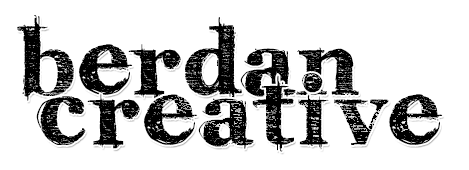Before I jump into the LinkedIn bit, a few words about the #MeToo movement and why that lens is relevant. #MeToo has uncovered numerous stories and experiences, from the truly predatory and criminal to the daily harassment that adds up to toxic environments. It has come under fire for a combination of things, from being called a “witch-hunt” to criticism that the movement has been co-opted by less egregious stories that drown out the more serious and traumatic experiences of assault and harassment. It has us talking about a broad spectrum of behaviour… this piece is not about trauma, but rather lies on the everyday sexism end of the spectrum where women are still regarded in the professional sphere as objects or potential dates before professionals whose accomplishments and expertise are positive contributions to their field.
Let’s also start with a shared understanding that if someone is asking for a professional connection, whether it’s coffee, lunch, or a LinkedIn connection, it’s assumed that the intent is professional in nature. Yes, relationships do start in the workplace. Many of these relationships grow between two consenting adults who are on the same page. This piece is not about judging relationships that start as professional connections; however, if the desire is to enter into a different context, there’s a time and place to broach the topic. The time and place is not the first meeting, nor is it immediately after a LinkedIn connection request has been accepted.
That should go without saying. And yet, there are people who believe that it’s appropriate to use the platform to tell someone how attractive her headshot is or to ask for a date. Correction. There are people who know it’s likely inappropriate, but do it anyway, which may be even worse.
Like many women, I have an example of my own. In this scenario, a new LinkedIn connection not only asked for my number so that we could “chat better” but also directly dodged my questions about the purpose of the call, being careful not to put anything overtly inappropriate in writing (e.g., “Yes I can [tell you what I’d like to talk about], but not on LinkedIn” and “I want to know each other better”).
If you read my last blog post in this series, you know that I often take a first step with an unknown connection to ask what they might value out of sharing a network. I had fallen a bit behind on my LinkedIn invitations and noticed that we had over 150 shared connections (many of whom were people I trust beyond mere acquaintances), so I figured there was a reasonable chance this was a worthwhile connection. The conversation started out a bit weird, though I accepted it might have simply been a matter of awkwardness, so I checked in with a few trusted friends who were also mutual connections to find out whether they knew more about the person. None of them knew him, so I continued to try to get more context directly from the source, and it became clear through our exchange that the request was not professional in nature.
I will say that in our exchange, this person was mostly receptive to my input. As the conversation came to an end, I shared this bit of advice, and his reaction was at least not negative:
I then contacted the three friends I had asked about this person to let them know how the conversation ended up. And I contacted another woman who was a shared connection to let her know, feeling a little awkward in the process. When she thanked me, I took the opportunity to let a few more women (also shared connections know). And a few more again, until I’d reached about a dozen. Across the board, not one of the women recalled knowing this person, and each one thanked me for reaching out.
What did I learn?
My network is made up of people I trust and people who trust me. If people see my name as a connection, it’s possible that they may see that connection as an implied endorsement, so it’s okay that I check to see if I would feel comfortable being connected to a person before accepting their invitation.
Different people use the platform differently, and the implication of endorsement is not universally applicable. People have different filters for accepting invitations, so it really is okay that I check through my own filters before accepting an invitation.
When I find that a mutual connection is not who I thought, it’s worth it to let other people who might be affected know.
Women have each others’ backs. It might feel awkward to reach out and give a gentle warning or share an experience, but it really is genuinely appreciated.
I share this story not to vilify the person… As I said, this was not a particularly dangerous exchange, and he was mostly receptive to my input. I share this as an example of how women have different considerations when it comes to networking, and how the LinkedIn experience (and our choices about whether or not to connect with someone new) might look a little different. Do you have any stories to share of networking gone awry or lessons learned?


